The world of badminton has always been fascinated by the sheer power and precision of a well-executed smash. Among the many factors that contribute to a devastating smash, racket head acceleration stands out as a critical element. Players and coaches alike obsess over the milliseconds that separate a weak return from an unplayable winner. The physics behind racket face acceleration is complex, yet understanding it can unlock new levels of performance for competitive players.
When a player winds up for a smash, the entire kinetic chain comes into play. From the legs driving upward to the torso rotating and the arm whipping forward, every movement must synchronize to maximize racket head speed. The final snap of the wrist is where the magic happens—this is the moment where acceleration peaks. High-speed camera analysis reveals that elite players can achieve racket head speeds exceeding 300 kilometers per hour in this phase. The difference between a good smash and a great one often boils down to how efficiently a player can transfer energy from their body to the racket face in that split second.
Technique refinement plays a massive role in optimizing acceleration. Many amateur players make the mistake of relying solely on arm strength, which not only limits power but also increases the risk of injury. The pros know better. They focus on relaxed grip tension during the initial swing, only tightening at the point of contact. This "lag and snap" technique allows for greater whip-like action, translating to higher racket head speeds. Additionally, the angle of the racket face at impact can influence acceleration—too open, and power dissipates; too closed, and control suffers.
Equipment choices also factor into the equation. Modern badminton rackets are engineering marvels, with manufacturers constantly pushing the boundaries of materials science to create frames that offer both stiffness and flex where needed. A stiffer racket generally allows for better energy transfer during the smash, but only if the player's technique can handle it. Similarly, string tension affects how much the shuttlecock compresses against the strings at impact, which in turn influences rebound velocity. Players seeking maximum acceleration often experiment with different stringing patterns and tensions to find their personal sweet spot.
The mental aspect of generating racket head acceleration shouldn't be underestimated. Timing and anticipation are everything—the best smashes often come when players read the game situation correctly and commit fully to the shot. Hesitation, even for a fraction of a second, can bleed off crucial acceleration. This is why visualization techniques have become increasingly popular among top players. By mentally rehearsing the perfect smash—from footwork to follow-through—they condition their nervous system to execute with maximum efficiency when it counts.
Sports science has brought new insights into how players can train for better acceleration. Plyometric exercises that improve explosive power in the legs and core have proven particularly effective. Some coaches now incorporate baseball pitching drills into training regimens, as the biomechanics of throwing share similarities with the badminton smash. Specialized tools like weighted rackets and resistance bands help players develop the specific muscles involved in the whipping motion while maintaining proper technique.
As technology advances, so does our ability to measure and analyze racket head acceleration. Wearable sensors and smart rackets now provide real-time data that was unimaginable a decade ago. Players can track their acceleration patterns throughout a match, identifying when fatigue causes their smash speed to drop. This data-driven approach allows for more targeted training and strategy development. The future may see AI-assisted coaching systems that can recommend micro-adjustments to a player's technique based on acceleration metrics.
The pursuit of perfecting racket head acceleration in badminton smashes represents the beautiful intersection of physics, physiology, and skill. While raw power certainly helps, the true masters understand that efficiency of movement and precision of timing matter just as much. As the sport continues to evolve, one thing remains constant—that exhilarating moment when perfect acceleration meets perfect contact, sending the shuttlecock screaming across the net in a blur of speed and precision.
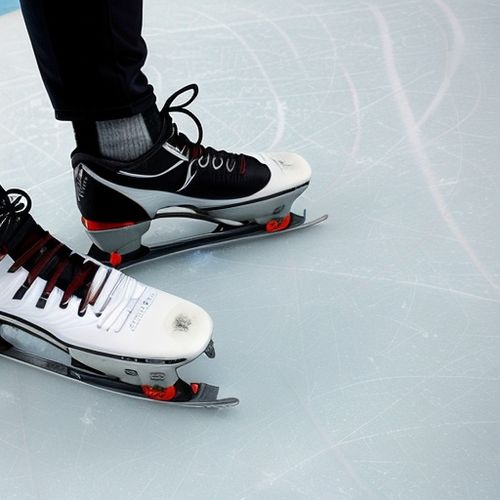
By William Miller/May 9, 2025
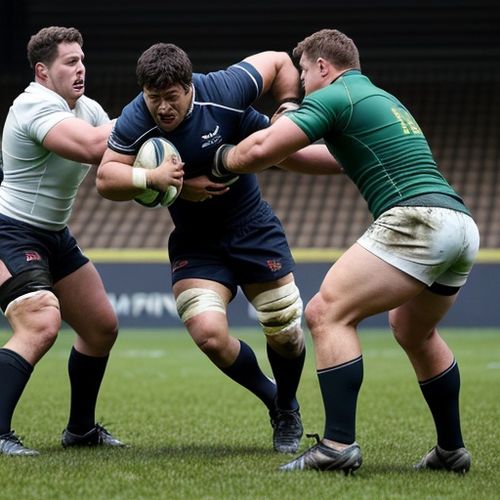
By John Smith/May 9, 2025
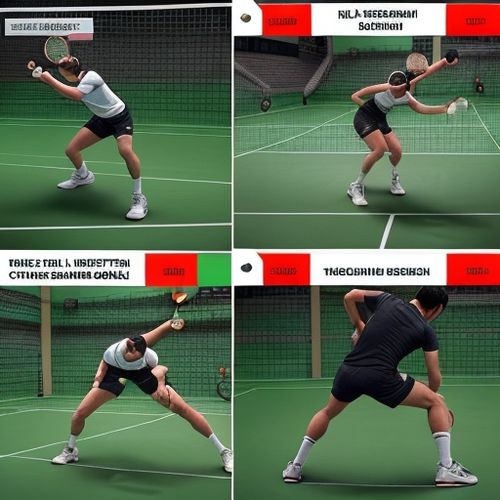
By Lily Simpson/May 9, 2025
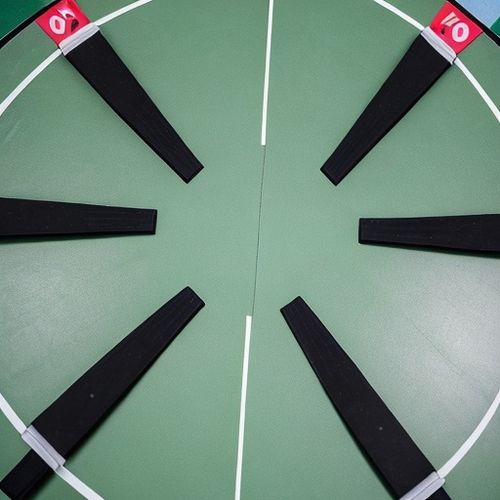
By Eric Ward/May 9, 2025
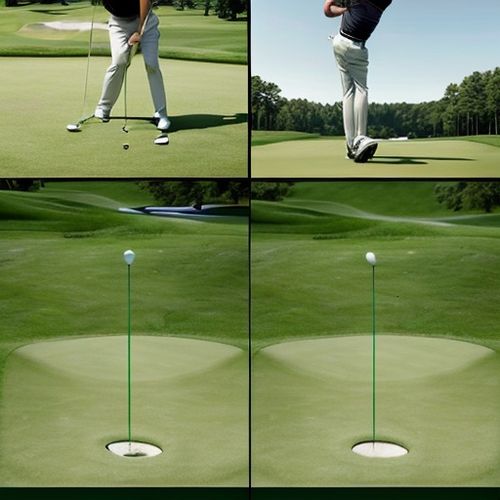
By Eric Ward/May 9, 2025
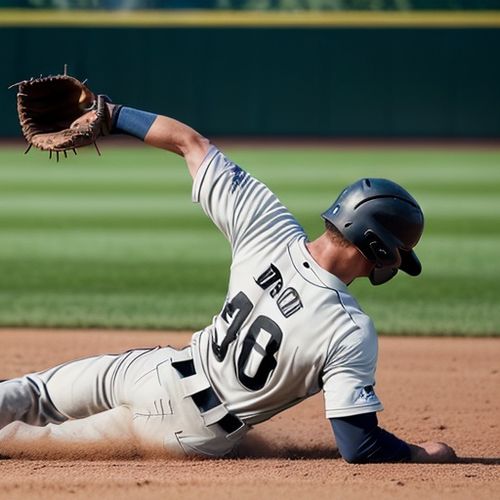
By Victoria Gonzalez/May 9, 2025
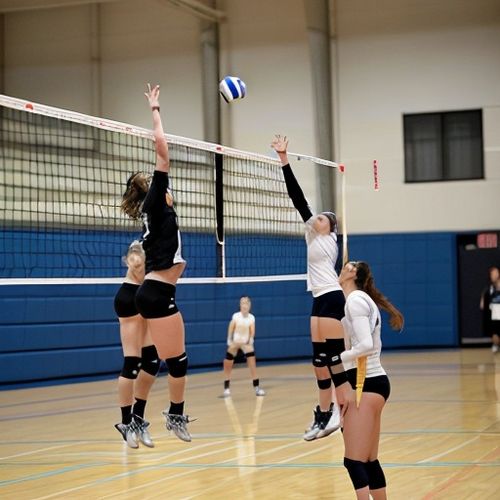
By Samuel Cooper/May 9, 2025
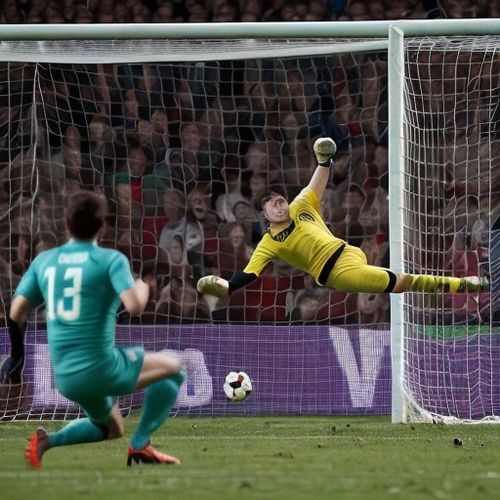
By Emily Johnson/May 9, 2025

By Noah Bell/May 9, 2025
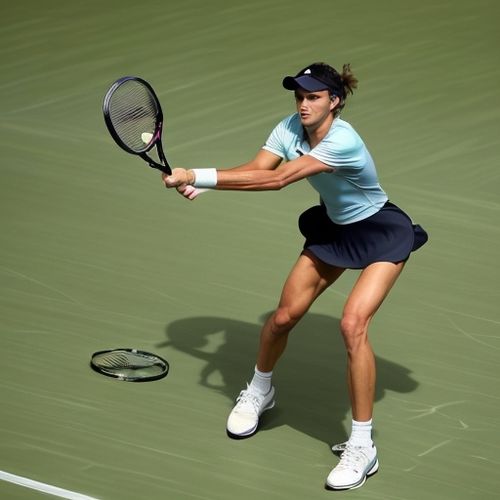
By Joshua Howard/May 9, 2025

By Eric Ward/May 8, 2025

By Joshua Howard/May 8, 2025
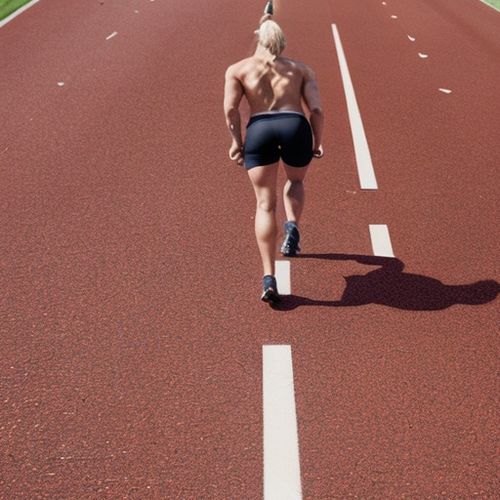
By George Bailey/May 8, 2025
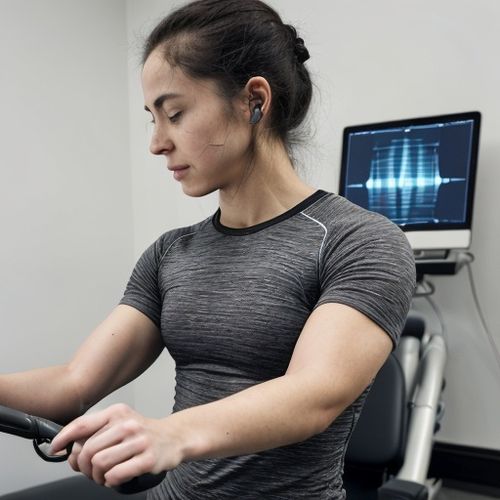
By Grace Cox/May 8, 2025
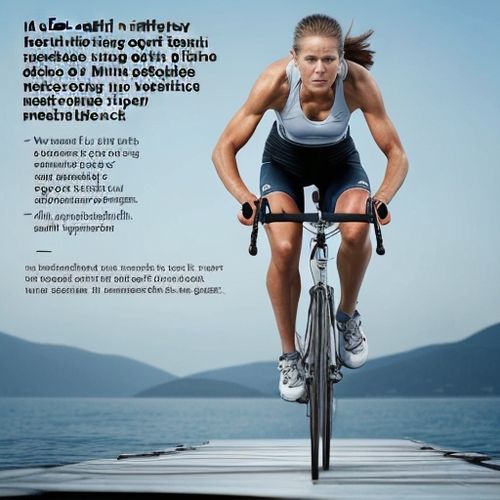
By Michael Brown/May 8, 2025
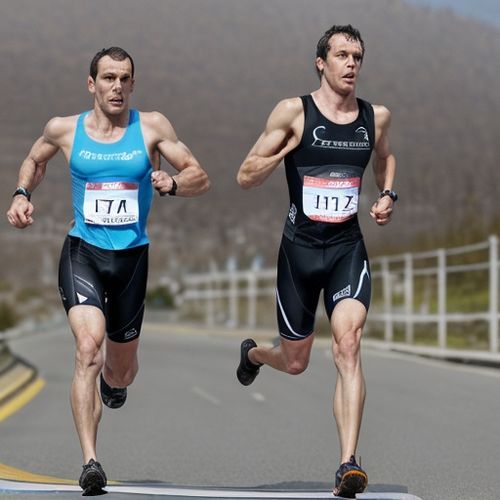
By Daniel Scott/May 8, 2025
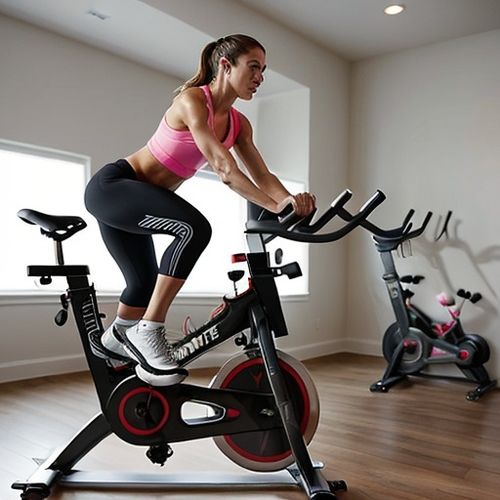
By Rebecca Stewart/May 8, 2025
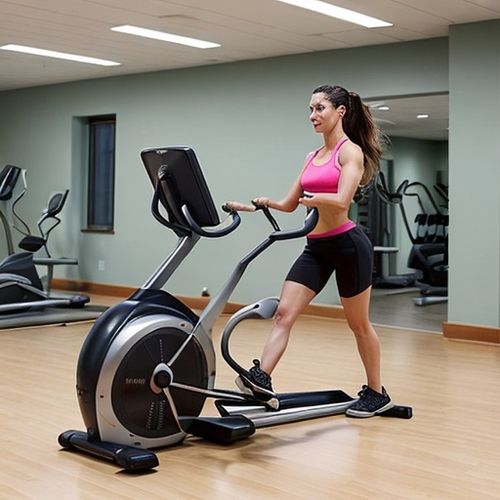
By Victoria Gonzalez/May 8, 2025
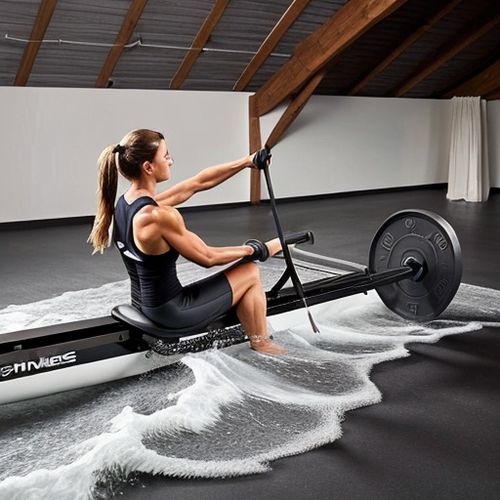
By Emily Johnson/May 8, 2025
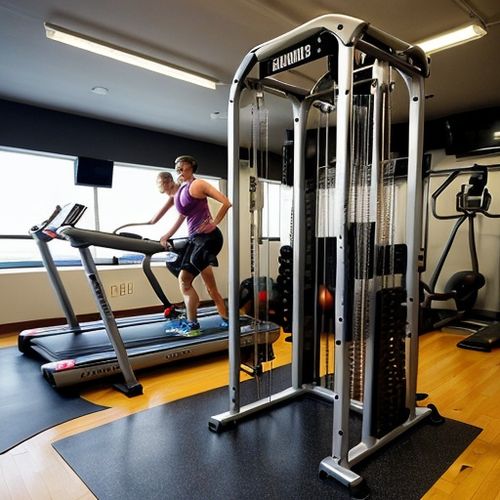
By Olivia Reed/May 8, 2025